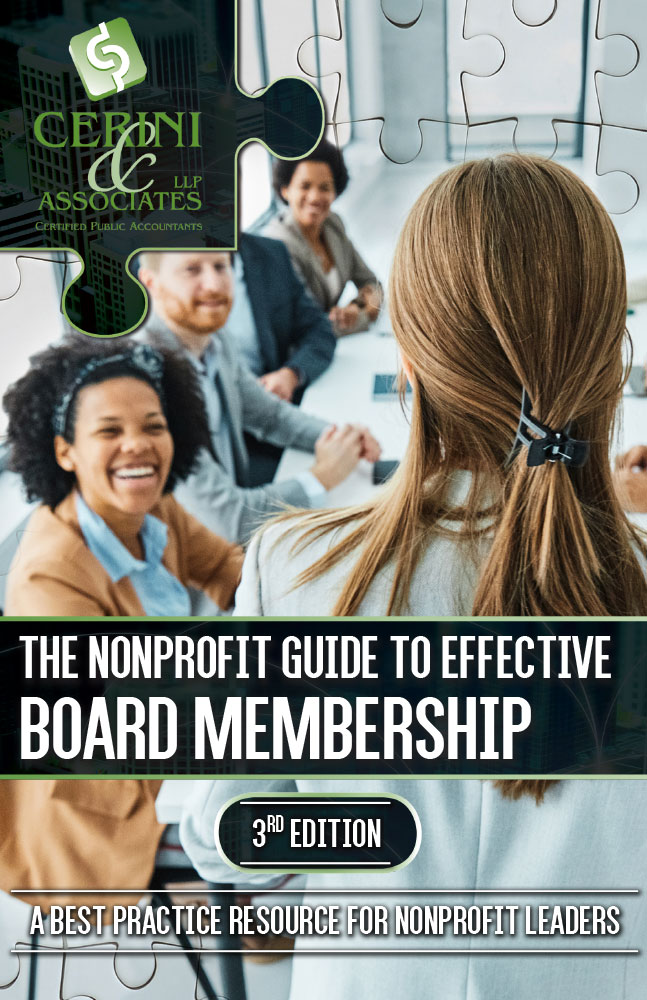Behind every successful nonprofit’s fundraising efforts stands a dedicated Board of Directors. While they may not always see themselves as fundraisers, engaging your board members in the process can significantly boost your organization’s financial health and community impact. Here are practical strategies to get your board members involved and excited about fundraising:
1.) Know what you want and need from your board members.
Before engaging board members in fundraising, ensure they understand your organization’s vision and where they fit into advancing it.
2.) Recruit with a plan and clear expectations.
When recruiting new board members, share your organization’s goals and what is expected regarding fundraising efforts.
3.) Understand their strengths and interests.
Take time to know your board members individually. Match their skills and interests with fundraising opportunities for better engagement and results.
4.) Educate them about fundraising.
Clarify that fundraising involves more than asking for money. It begins with building personal connections to your organization’s mission and can include various activities like storytelling and donor stewardship.
5.) Keep fundraising a priority in board meetings.
Regularly highlight fundraising successes and emphasize the importance of each board member’s role in achieving organizational goals.
6.) Create personal connections to the mission.
Require board members to participate in or observe your organization’s mission in action. This firsthand experience strengthens their commitment and ability to advocate effectively.
7.) Teach them storytelling and practice regularly.
Help board members develop personal stories about your organization’s impact. Regular practice builds confidence and effectiveness in fundraising efforts.
8.) Start with small, manageable tasks.
Begin with activities like writing thank-you notes or hosting appreciation events. As board members gain confidence, gradually involve them in more significant roles like donor outreach and solicitation.
9.) Lead by example and show passion.
As CEO or Executive Director, your enthusiasm for the organization’s mission is contagious. Lead fundraising efforts with passion to inspire and motivate your board members.
10.) Appreciate their efforts genuinely.
Regularly thank and acknowledge board members for their fundraising contributions. Genuine appreciation fosters a supportive environment where board members are more willing to take on challenges.
Overcoming Challenges
Respecting different attitudes towards fundraising: Understand and respect board members’ hesitations about solicitation, rooted in cultural, religious, or personal values. Encourage participation in other aspects of fundraising that align with their comfort level and skills.
Practical Engagement Strategies
- Prospect Cultivation: Involve board members in cultivating relationships with potential donors before solicitation.
- Elevator Pitches: Develop concise organization pitches for board members to use in various settings.
- Social Media Support: Provide board members with pre-prepared content or encourage them to share their own experiences online.
- Events and Meetings: Invite board members to host small gatherings or accompany you on donor meetings to enhance credibility.
Promoting Donor Stewardship
Encourage board members to participate in stewardship activities like making thank-you calls, writing notes, and reaching out to donors. Their involvement reinforces donor relationships and shows gratitude for support.
By engaging your board members in meaningful ways, you not only strengthen your fundraising efforts but also deepen their commitment to your organization’s mission. Cultivating a fundraising board takes time and effort, but the results can lead to sustained growth and impact for your nonprofit.



